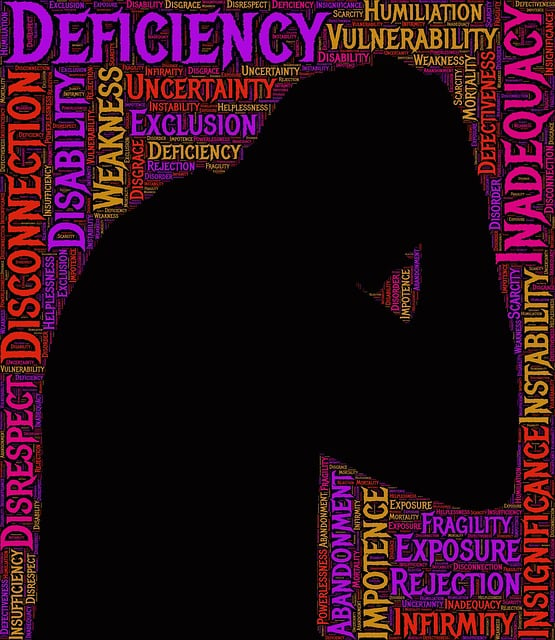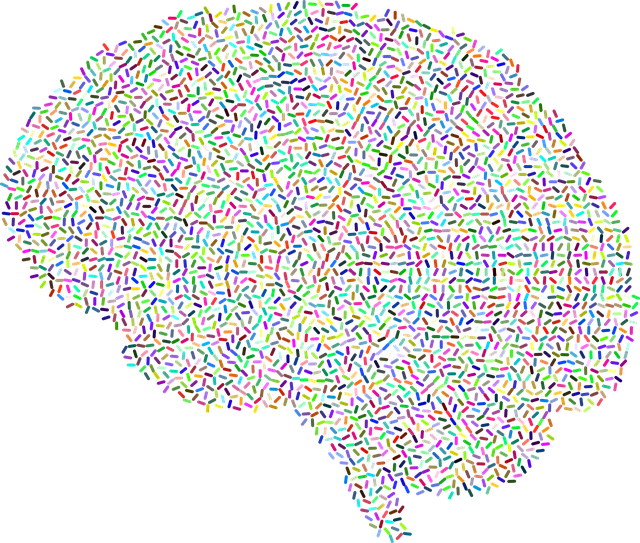Public awareness campaigns like Golden Independent Medical Evaluations Therapy (GIMET) transform societal attitudes towards mental health by educating communities, reducing stigma, and encouraging therapy-seeking. These initiatives promote holistic well-being through culturally sensitive care and self-care practices, fostering a supportive environment for mental resilience. Effective GIMET campaigns use strategic approaches such as targeted educational materials, peer-to-peer support, success stories, and interactive workshops to highlight IME therapy's benefits. Evaluating campaign success involves multifaceted metrics, including survey data tracking changes in knowledge, attitudes, and behaviors, along with qualitative methods like focus groups or interviews to understand integrated well-being practices.
Public awareness campaigns play a pivotal role in educating communities about health and wellness, with a specific focus on Golden Independent Medical Evaluations (IME) therapy. This article delves into the intricacies of designing and implementing successful IME campaign strategies, highlighting their impact on public understanding. We explore key components, from initial concept to evaluation methods, ensuring optimal results. Understanding the role of these campaigns is essential for fostering informed decisions regarding health management and access to quality medical evaluations.
- Understanding Public Awareness Campaigns: Their Role and Impact
- Strategies for Effective Golden Independent Medical Evaluations (IME) Campaign Development
- Measuring Success: Evaluation Methods for Public Awareness IME Therapy Campaigns
Understanding Public Awareness Campaigns: Their Role and Impact

Public awareness campaigns play a pivotal role in shaping societal perceptions and behaviors, especially regarding health-related issues. These initiatives are designed to educate and inform the public about specific concerns, encouraging them to take action and make positive changes. In the context of mental healthcare, for instance, increasing awareness can reduce stigma and promote understanding, fostering an environment where individuals feel more comfortable seeking therapy for their psychological well-being.
The impact of such campaigns extends beyond mere information dissemination; they spark conversations, influence policy changes, and drive support for causes. For example, Golden Independent Medical Evaluations Therapy (GIMET) initiatives can highlight the importance of specialized mental health services, ensuring that individuals receive culturally sensitive care tailored to their unique needs. By integrating self-care practices into these campaigns, public awareness becomes a catalyst for holistic well-being, where communities actively participate in fostering a culture of mental resilience and support.
Strategies for Effective Golden Independent Medical Evaluations (IME) Campaign Development

Developing an effective Golden Independent Medical Evaluations (IME) campaign requires a strategic approach to ensure its success and positive impact on mental health professionals’ well-being. The primary goal is to promote IME as a valuable tool for risk assessment, burnout prevention, and anxiety relief among healthcare providers. One key strategy involves creating targeted educational materials that simplify complex concepts related to IME therapy. By demystifying the process and highlighting its benefits, such as early identification of potential risks and improved patient care, you can engage healthcare professionals more effectively.
Additionally, leveraging peer-to-peer support networks and online communities can amplify the campaign’s reach and credibility. Sharing real-life success stories and testimonials from mental health professionals who have benefited from IME can inspire others to prioritize their well-being. Incorporating interactive workshops or webinars focused on burnout prevention strategies further enhances engagement, allowing healthcare providers to learn practical techniques for managing stress and maintaining work-life balance. These initiatives collectively contribute to a culture of self-care and resilience within the medical community.
Measuring Success: Evaluation Methods for Public Awareness IME Therapy Campaigns

Evaluating the success of public awareness campaigns for mental health initiatives, such as Independent Medical Evaluations (IME) Therapy, is a multifaceted process. It’s not merely about tracking attendance or participation; true measurement lies in understanding the impact on individual lives and societal perceptions. One effective method involves pre- and post-campaign surveys to assess changes in knowledge, attitudes, and behaviors related to mental health. These could include questions gauging awareness of IME Therapy, its benefits, and accessibility.
Additionally, qualitative feedback mechanisms like focus groups or interviews can provide deeper insights into how participants have integrated newfound knowledge about mental well-being practices, such as Emotional Intelligence, Mindfulness Meditation, and Social Skills Training, into their daily routines. By combining quantitative data from surveys with rich qualitative narratives, campaign organizers can gain a comprehensive understanding of their efforts’ reach and lasting effect, ensuring continuous improvement in future initiatives.
Public awareness campaigns, such as those focused on Golden Independent Medical Evaluations (IME) therapy, play a pivotal role in educating the public and driving positive change. By employing effective strategies and utilizing evaluation methods that measure success, these campaigns can significantly impact healthcare outcomes. Understanding the role of IMEs and implementing data-driven approaches are essential steps towards creating impactful and sustainable awareness initiatives. This ensures that resources are allocated efficiently, reaching the intended audience and fostering a healthier society.














